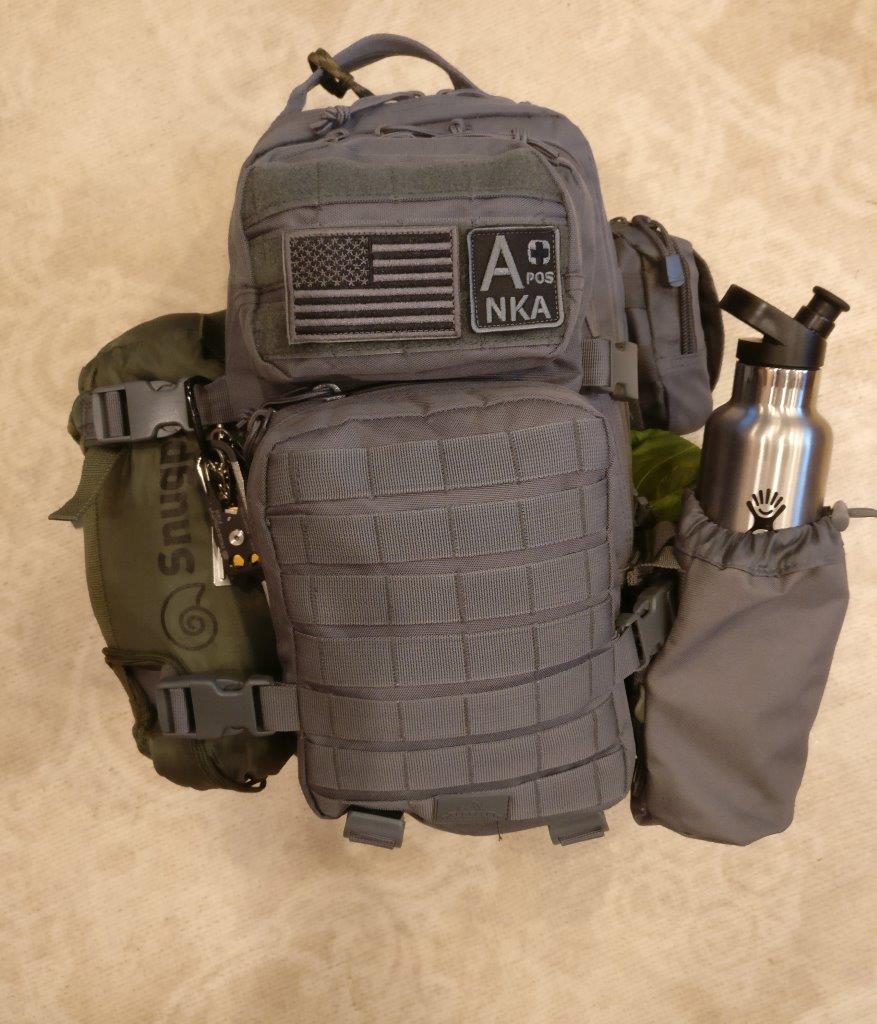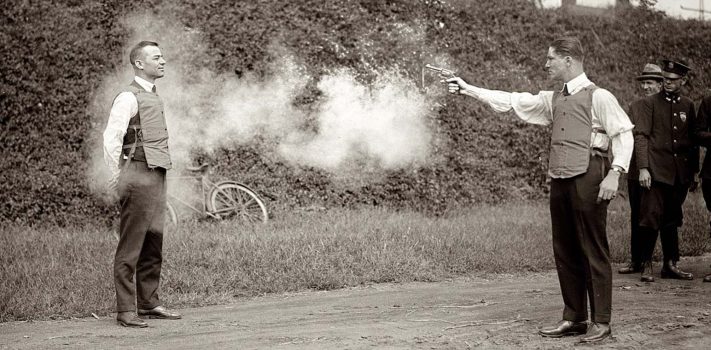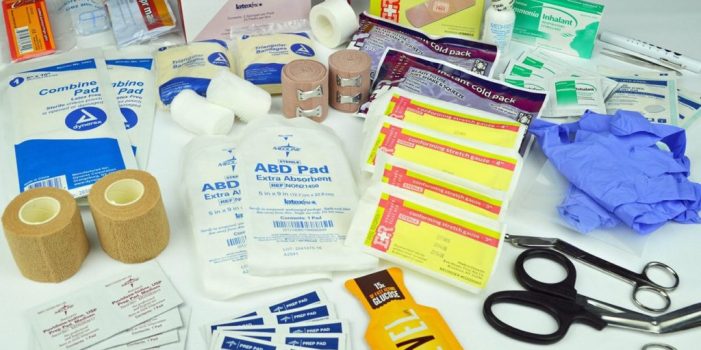…Syringes, #10 Scalpel, Variety of Gauze pads,Stretch bandages, Trauma pads, QuickClot, Waterproof tape, SAM splints x2, Trauma Shears, Hemostats, pen-light, Glucometer, Glucose gel, Occlusive dressings, Transpore tape 3”, Cloth tape, Advanced Life Support Medications* *Indicates prescription only and illegal to possess items unless under a doctors care, supervision or operating in the emergency pre-hospital environment. A “Blow out” kits contain far less items and only essentials for minor wound care. I hope this helps someday in a time of need, and serves as an introduction into pre-hospital care. Provisos: Do not take this as gospel. Do nothing illegal. Do not perform any of this care based on this article alone. Always use discretion and call 911 immediately in an emergency (while it is still up and running). Educate yourself further and be diligent. Medicine is important and the knowledge you gain may save your life or the life of a…



